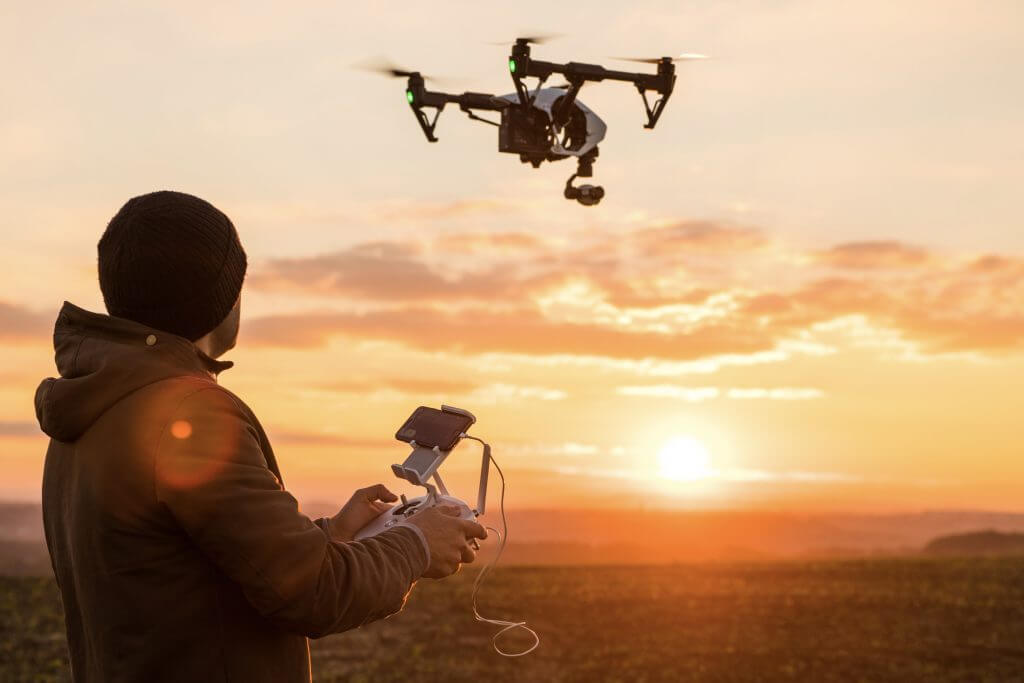If you operate drones commercially, whether in agriculture, mapping, inspections, or even light shows, you’re carrying more than a drone.
You’re carrying risk.
Risk of crashing into property. Risk of causing injury. Risk of damaging a client’s equipment. Risk of having your drone stolen, grounded, or worse, becoming the center of a liability lawsuit.
And if you think general liability or “some coverage” is enough, think again.
Drone insurance isn’t just a checkbox. It’s the only thing standing between you and a business-ending mistake.
In this article, we’ll walk you through the top 3 essential drone insurance coverages every commercial operator needs, and what happens if you go without them.
1. Liability Insurance
What it covers:
- Injury to people not involved in the operation
- Damage to buildings, cars, homes, or other property
- Legal defense if you’re sued for negligence
Why it matters:
This is the foundation of any drone insurance policy. If your drone hits a parked car, knocks over a ladder, injures someone on a job site, or causes a structure fire, you’re on the hook.
Without liability insurance, you’re exposed.
Minimum recommendation:
- $1,000,000 total liability coverage
- Ask for no exclusions for aerial work
- Make sure you’re covered for bodily injury and property damage
Pro tip:
Some clients require you to list them as “additional insured.” Ask your broker to add that at no extra cost.
2. Hull (Physical Damage) Insurance
What it covers:
- Accidental damage to your drone itself
- Malfunctions, crashes, and pilot error
- Weather damage, theft, and fire (with the right policy)
Why it matters:
Many commercial drones cost $10,000–$50,000.
If you drop yours into a lake or clip a building, the entire investment is gone unless you have hull coverage.
Unlike liability, hull is optional, but it shouldn’t be. Especially if:
- You operate in dense, high-risk environments
- You can’t afford to replace your equipment tomorrow
- You use drones with LIDAR, multispectral, or spraying systems
How it works:
- You choose the insured value (typically purchase price or current market value)
- Most policies come with a deductible (5–10% of value)
- Claims are paid after investigation and documentation
Example:
A client recently filed a hull claim after a $35,000 drone tipped forward on landing and flipped. The payout? Over $31,000.
3. Specialized Endorsements Based on Use
Here’s where drone insurance gets customized.
Your operation may require specific endorsements based on how you use your drone:
Aerial Spraying (Agriculture):
- Requires Part 137 aerial application liability coverage
- Higher liability limits may be required by landowners or chemical vendors
Night Flights and Light Shows:
- Requires 107.29 waiver (night ops)
- Often paired with multi-drone control waivers
- Some carriers offer specialized coverage for synchronized light shows
Flying Over People:
- Requires 107.39 waiver
- Make sure your policy doesn’t exclude crowd exposure
Drones Over 55 lbs:
- Must have Section 44807 waiver
- Insurance must be placed through markets willing to insure heavy UAS
Beyond Visual Line of Sight (BVLOS):
- Requires 107.33 waiver
- Insurance only available with documentation and FAA approval
If you’re doing anything beyond line-of-sight daytime photography, talk to your broker about endorsements.
What Happens If You Don’t Have These Coverages?
Let’s keep it real:
- If you crash your drone and have no hull insurance, you eat the full replacement cost.
- If you injure someone and don’t have liability coverage, you could lose your business.
- If you operate without the right endorsements, your claim may be denied—even if your policy is active.
Many drone operators make the mistake of assuming:
- “It’s just a side job.”
- “Nothing bad has ever happened.”
- “I’ll get insurance once I land a big client.”
But the moment something goes wrong, those assumptions turn into bills you can’t afford to pay.
Why BWI Is Different
At BWI, we work with:
- Agriculture startups with DJI Agras drones
- Drone cinematographers flying over film sets
- Mapping specialists, surveyors, inspection contractors
- Drone light show producers with synchronized fleets
We know what each market needs, and we build custom policies with real protection.
That means:
- Fast quoting across multiple underwriters
- Deep knowledge of FAA requirements
- Personalized guidance on waivers and certificates
- Certificates of insurance (COIs) issued same-day
Final Thoughts: Don’t Fly Without These 3
Whether you’re flying for agriculture, infrastructure, or entertainment, commercial drone insurance isn’t just smart, it’s essential.
Start with liability. Add hull coverage. Layer on endorsements based on your use.
That’s the foundation of protecting your drone business.
[Request a Drone Insurance Quote from BWI Today]
Continue Reading



